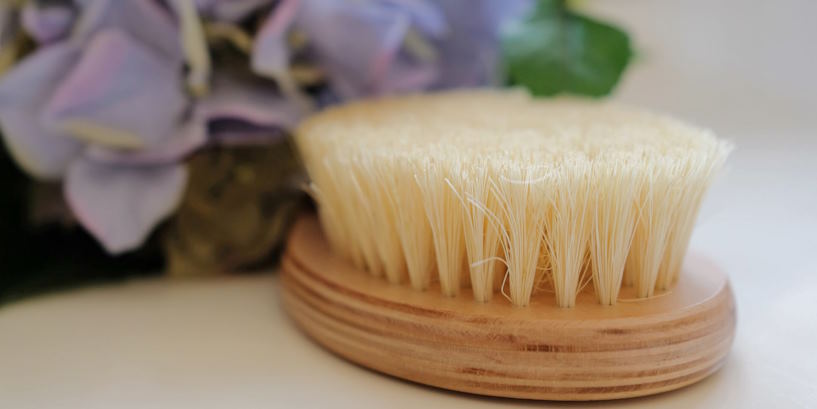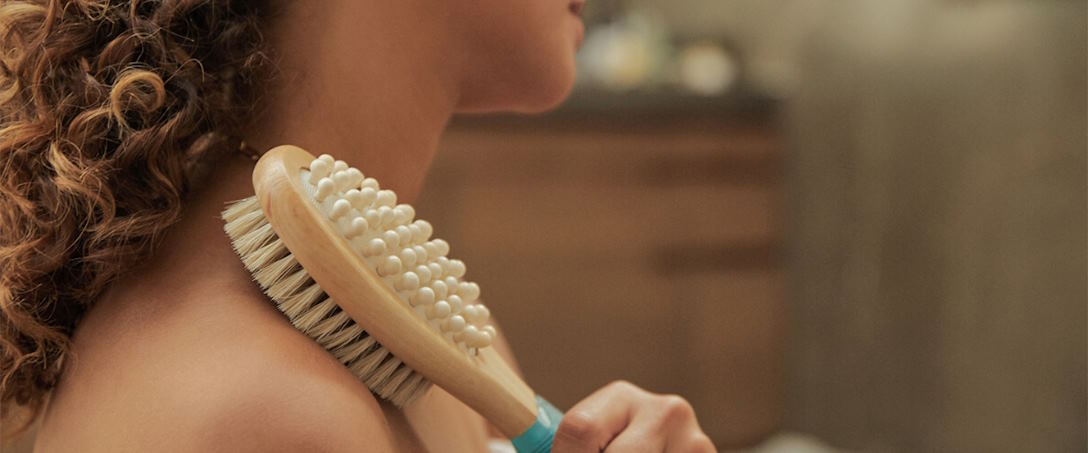Dry brushing has been praised as a natural remedy for improving skin health, with claims of benefits ranging from exfoliation to cellulite reduction. Advocates of this method tout its ability to promote circulation, detoxification, and overall skin rejuvenation. But does this practice live up to the hype, or is it just another skincare trend?
How does dry brushing work?
Exfoliation
Dry brushing helps remove dead skin cells from the skin’s surface, revealing smoother and brighter skin underneath. The bristles of the brush help to slough off dry, flaky skin, promoting a more even skin texture.
Increased Circulation
The brushing action stimulates blood flow to the skin, improving circulation. This increased blood flow brings more oxygen and nutrients to the skin cells, promoting a healthy and radiant complexion.

Lymphatic Drainage
Dry brushing is believed to help stimulate the lymphatic system, which is responsible for removing toxins and waste products from the body. By brushing towards the lymph nodes, particularly in the armpits and groin area, dry brushing may aid in the detoxification process and reduce fluid retention.
Cellulite Reduction
Advocates of dry brushing claim that it can help reduce the appearance of cellulite by breaking down fatty deposits and promoting lymphatic drainage. However, scientific evidence supporting this claim is limited.
Skin Tightening
Some people believe that regular dry brushing can help tighten the skin and improve its elasticity over time. It is thought to be due to the stimulation of collagen production and improved circulation.
How often should I do this procedure?
Dry brushing can be done 2-3 times weekly for optimal results. Consistency is key to reap the benefits without overstimulating the skin. However, it’s crucial to listen to your skin’s response and adjust the frequency accordingly to avoid irritation or sensitivity.

